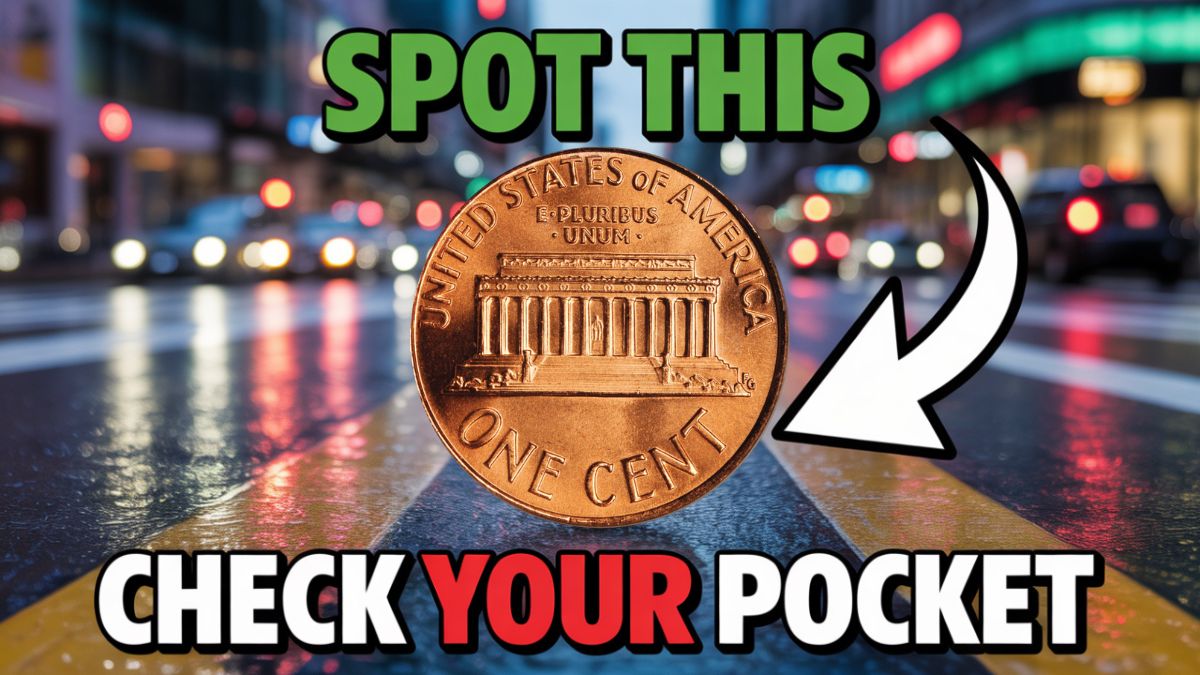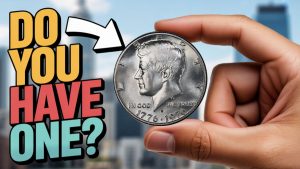When we look at the coins in our pockets, we often ignore them. But would you believe that the same small “one paisa” coin can give you a profit of more than ₹ 2 crore? Yes, we are talking about the 1992 Close AM Lincoln Penny – a coin that you may have ignored thinking it to be common.
This coin has been sold for more than $240,000 (about ₹ 2 crore) in auctions and private deals so far. And the most special thing? It may still be lying quietly in people’s pockets, piggy banks or boxes of old coins.
What is the 1992 Close AM Lincoln Penny and what makes it special?
The secret to the value of this coin lies in its design – a very subtle but very important difference.
Most of the 1992 Lincoln Pennies of America have a clear gap between the “A” and “M” in the word “AMERICA” on the reverse side. This is called the “Wide AM” design.
But some coins were mistakenly made from a die that had a “Close AM” design – that is, the letters A and M are so close that they are almost touching each other. This design was actually set for proof coins, but by mistake it was also used in some normal coins.
Collectors consider this type of minting error to be very valuable. And since these coins are available in very few numbers, both their demand and price are sky high.
How much is the price of 1992 Close AM Penny?
If we tell you that the price of a one paisa coin can go from ₹ 1000 to ₹ 2 crores, then you will definitely be shocked. But this is absolutely true. Let’s look at some real-world examples:
- In 2012, a high-grade piece of this coin sold for $24,056 (approximately ₹20 lakhs) at Heritage Auctions.
- A coin in near-perfect condition (graded MS67 by PCGS) sold privately for $240,000 (₹2 crore+).
- Coins that are of even low grades could be sold easily at price of 1000 to 10,000 dollars(80,000 to 8 lakhs in Indian currency).
Suppose, a lost coin that one most of the times gives to a storekeeper can bring change to your luck in case it proves to be a real one.
How to Identify 1992 Close AM Lincoln Penny?
You don’t need any special training — with a little caution and a magnifying glass, you can identify this rare coin.
Date on the obverse: The coin should say “1992”.
“AMERICA” on the reverse:
- The “A” and “M” should be very close together, almost joined.
- This is the “Close AM” design. If there is a gap between them, it’s the “Wide AM” version (normal).
Position of the “FG” letters: These are imprinted near the Lincoln Memorial (designer Frank Gasparro’s initials). Close AM has them slightly apart.
If you have such a coin, send it immediately to a trusted grading service like PCGS or NGC for inspection.
How are coins like these still in circulation?
You might think such a big mistake should have been caught immediately — but it wasn’t. In fact, this mistake was also identified only after 2000, meaning these coins continued to circulate quietly in the market for almost a decade.
Since millions of coins are minted every year, and some minor or major errors remain in them, such coins come into general circulation. This is the reason why even today this “treasure” can be hidden in your pile of old coins.
Should you start checking your change?
Absolutely! Whenever you return from the market, or see a box of old coins, carefully check each coin.
This can not only become a hobby for you, but can also fill your pocket in the future.
You will be surprised to know that many other coins like 1983 Doubled Die Reverse, 1995 Doubled Die Obverse, and 1943 Copper Penny have also been sold for lakhs.
So the next time you see an old penny, do not ignore it thinking it is trivial.
Can this coin be found in India?
Although it is an American coin, keep in mind that many people living in India bring foreign currency while returning from the US or through some means or the other. Many people collect these coins or give them to children to play with.
If you or someone in your family has ever collected foreign coins, take a look at that collection once – who knows, there might be a 1992 Close AM hidden there.
Can you sell this coin?
Yes, if you have this coin, you can sell it through:
- On the Internet, such marketplaces as eBay or Etsy
- Auction sites like Heritage Auctions, GreatCollections
- Coin dealers and collector forums
- Getting it evaluated after PCGS/NGC certification
Keep in mind, the condition of what you are buying is going to cost you the more.Coins without scratches, sharp printing and clean designs sell for the highest price.
Conclusion:
In the digital age where people are moving away from cash, a simple “one paisa” coin can give wealth worth crores. 1992 Close AM Lincoln Penny is a living example of the fact that sometimes the most valuable things are right in front of our eyes – we just don’t recognize them. So take out some time today to search your piggy bank, coin box or old pockets. It is possible that your luck may change with a small copper coin.
FAQs
Q1. What is the 1992 Close AM Lincoln Penny?
A: The 1992 Close AM Lincoln Penny is a rare mint error coin where the letters “A” and “M” in “AMERICA” on the reverse side are very close together, almost touching—unlike the common “Wide AM” version where they are spaced apart.
Q2. Why is the 1992 Close AM Penny so valuable?
A: This coin is valuable because it’s a rare variety caused by a die error. Only a small number were accidentally produced, making it highly sought after by collectors.
Q3. How much is the 1992 Close AM Penny worth?
A: Depending on the coin’s condition and certification, it can range from $1,000 to over $240,000. A near-perfect example sold privately for more than $240,000.
Q4. Do I need a special tool to identify this penny?
A: A magnifying glass or coin loupe helps, but even a smartphone with a zoom camera can give a decent close-up to inspect the A-M spacing.
Q5. Is the 1992 Close AM Penny still in circulation?
A: Yes, it could still be in everyday circulation. Since this variety wasn’t discovered until the 2000s, many may still be hidden in jars, drawers, or pocket change.

